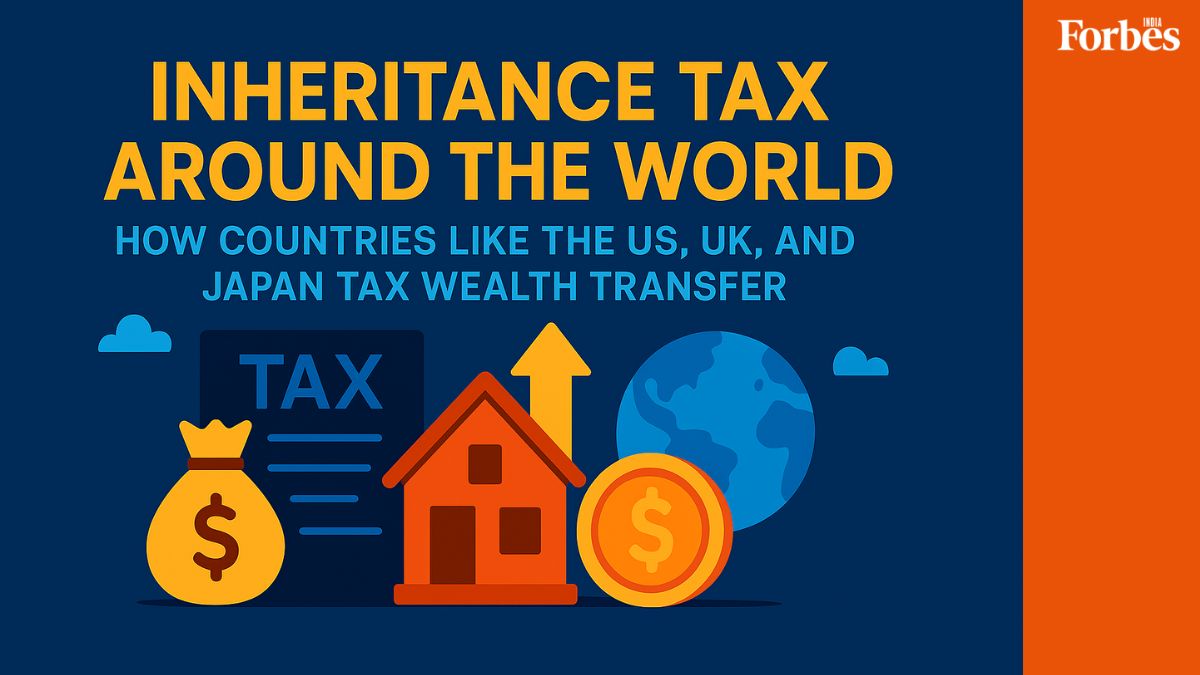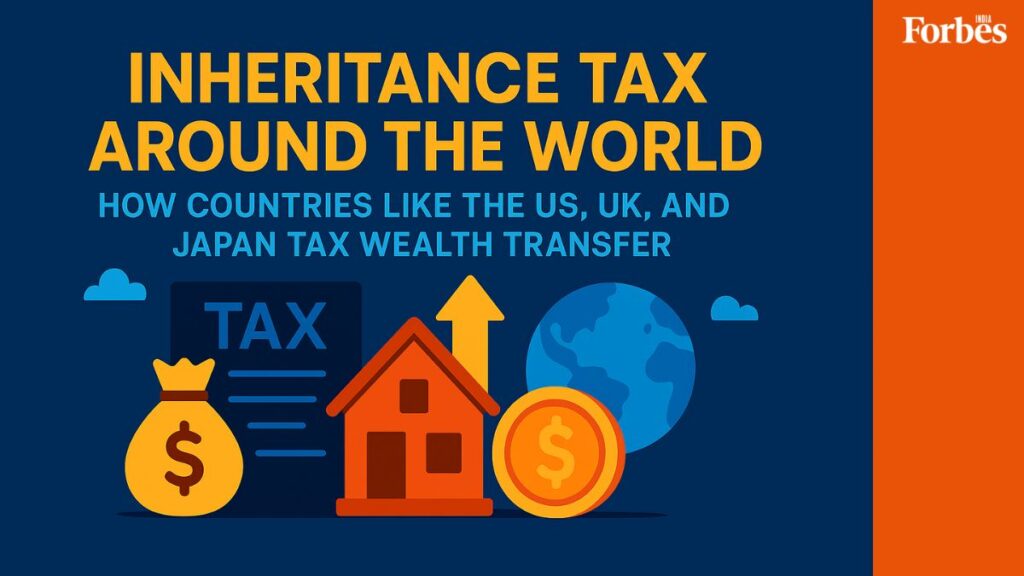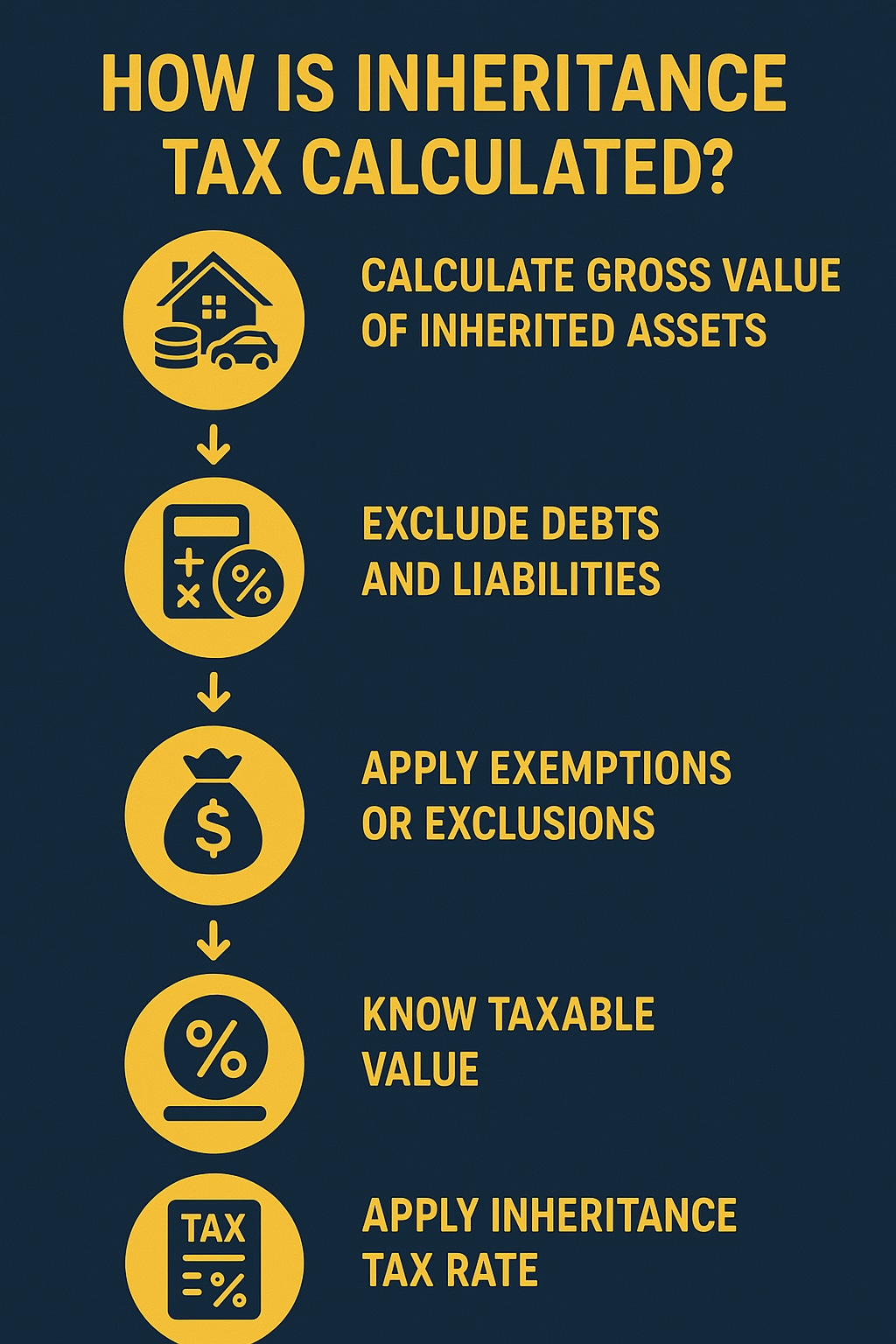
Inheritance tax, also called the death tax in some regions, is a levy imposed on the transfer of assets from a deceased person to their heirs. These can include property, gold, investments, or other valuable assets. In many cultures, including India, passing down wealth to the next generation is a deeply rooted tradition. Parents often transfer their hard-earned assets to their children or grandchildren to secure their financial future and preserve family legacies.
While India has abolished this tax entirely, others have maintained the tax laws to address wealth inequality or generate public revenue. You might wonder why we’re talking about it now. The topic has resurfaced recently, with some discussions around possibly reintroducing the inheritance tax in India.
In this post, we’ll discuss the details of inheritance taxes and how they work in different parts of the world.
Inheritance taxes around the world
Sourced from the Worldwide Estate and Inheritance Tax Guide, the following are a few countries across continents and the details of their inheritance taxes.
| Sr.no. | Country | Inheritance Tax |
|---|---|---|
| 1 | Belgium | Rates vary depending on the beneficiary and the taxable amount, ranging from 3 to 30 percent |
| 3 | Brazil | Capped at 8 percent but subject to future changes following recent federal tax reform |
| 4 | Denmark | 15 percent is applicable for close relatives, but a new rate is under consideration |
| 5 | Ireland | Current rate of 33 percent on the value of inheritances or gifts exceeding specific tax-free thresholds |
| 6 | Japan | Starting at 10 percent, it can go up to 55 percent depending on the asset’s value. |
| 7 | Luxembourg | 6 to 15 percent based on the beneficiary’s relationship to the deceased, with direct heirs being exempt |
| 8 | South Africa | Beneficiaries are exempt from tax, but the deceased’s estate is subject to a 25 percent Estate Duty on the net value exceeding ZAR 3.5 million |
| 9 | Switzerland | Exempt at the federal level, except in some cantons |
| 10 | United Kingdom | 40 percent tax on the estate portion that crosses the threshold amount |
| 11 | United States | Exempt, except six states applying rates up to 16 percent |
How does inheritance tax work?
Inheritance tax in India was applicable before 1985, and people had to pay taxes on the movable or immovable assets they received from their elders. Under the Estate Duty Act of 1953, real estate valued at more than 20 lakh was subject to an 85 percent inheritance tax. Due to its high administrative costs and minimal revenue generation, the government discontinued these taxes in March 1985.
Source:https://www.forbesindia.com/article/explainers/inheritance-tax-world-explained/96313/1


